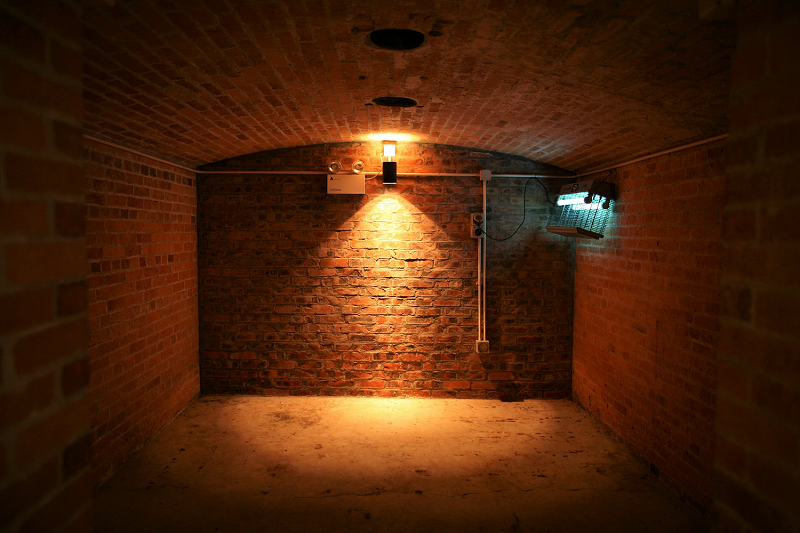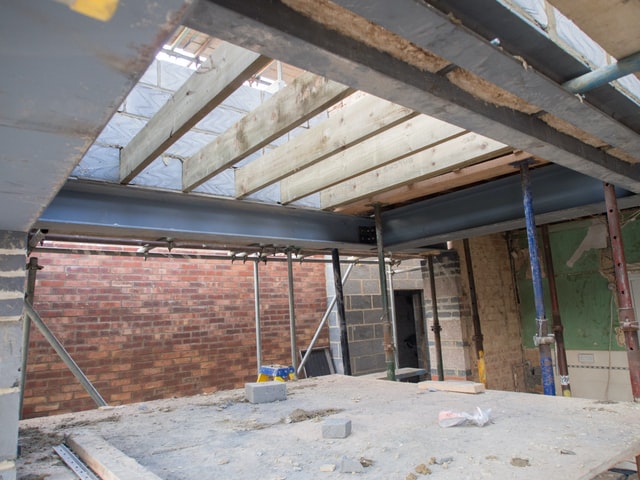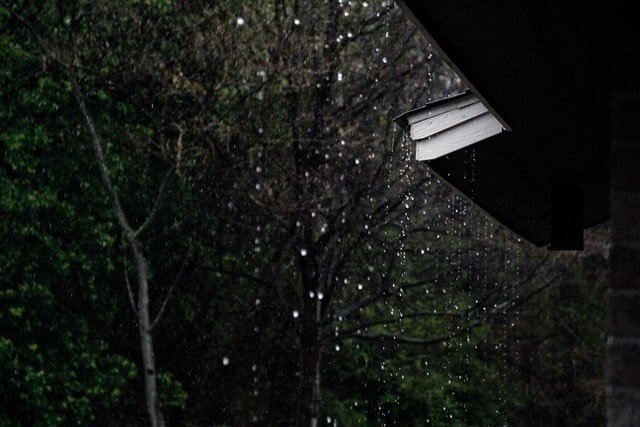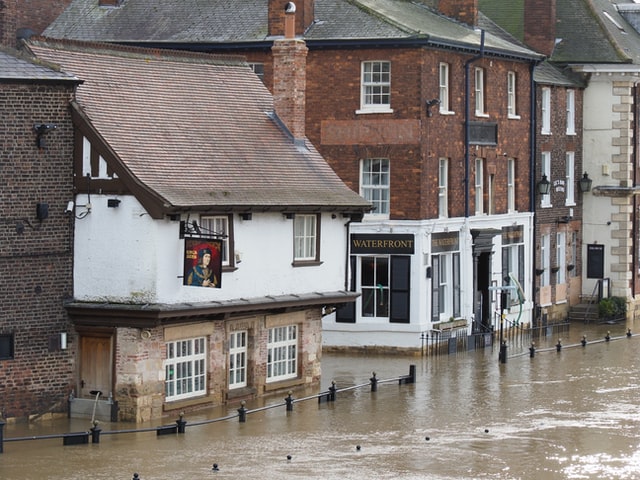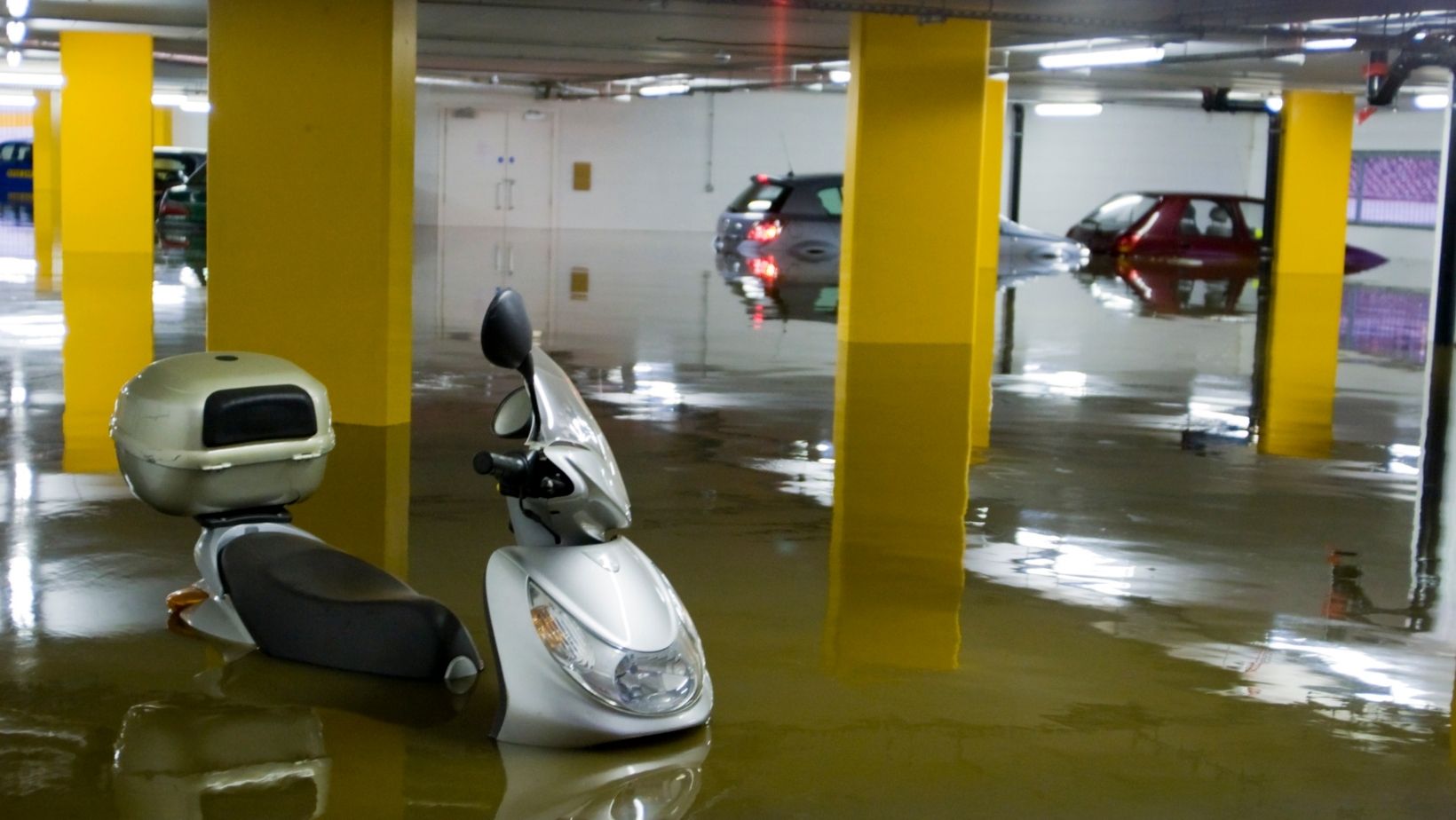
Why Basements Flood And What You Can Do About It
By: 911 Water Damage Experts
Even though basements are becoming less and less popular by the year, at least 30 percent of new builds across the United States still have them. They provide additional space in a home and prove useful during adverse weather events.
The two most common reasons why homes don’t have them relate to the climate and soil conditions. For example, in much of the south, the soil is extremely damp due to a high water table. You may also see very few basements being built in southern Florida since the water table is three feet below the surface, and basements sit at a depth of around eight feet.
In homes that do contain basements, there is one thing you will come to learn: they flood. There’s simply no way around it. Even with the best technology and equipment, water will eventually win and enter your basement.
So, why does it happen, and what can you do about it, if anything? You’re about to find out.
Focusing On The Water Table
As previously mentioned, basements can flood because they are simply rooms at the bottom of our houses dug into the ground.
Often, they are built below the water table, but even if they aren’t, snow melting at the onset of spring can cause the water table to rise. This can lead to unwanted water in your basement.
You may have some luck preventing the problem with weeping tiles and French drains, but that doesn’t mean you will never experience flooding.
Non-Return Flap And Ball-Operated Check Valves
Two of the most essential things to have in any drains for basement additions like sinks, washing machines, and hot water tanks are ball-operated check valves and non-return flaps.
They are also referred to as backwater valves. These should be fitted inline to stop rain and meltwater from the outside drains backing up into your basement.
These feature on most, if not all, new homes with basements built today. However, some property owners with flooded basements have called on experts for repairs, only to discover that they have been fitted backward or not fitted at all.
Best Practices For New Builds
If you are building a new home with a basement, there are plenty of things you can do to reduce the risk of being impacted by basement flooding in the future.
Firstly, make sure you include foundation drainage. This can prevent water from being able to make its way into your basement in large volumes. Installing sump pumps, easy-dry interior walls, and exterior foundation waterproof membranes are also critical additions during the new build phase.
What You Can Do To Prevent Flooding In Existing Basements
Unless you’re undertaking a complete renovation of your basement, some best practices for new builds may not be feasible. For example, adding foundation waterproofing may not be a possibility unless you completely excavate the area.
However, small checks and changes may be in your best interest.
Check your basement doors and window wells to evaluate the condition of drains – or if they exist at all.
If they are full of leaves, clear them and your downspout drains out to ensure they are up to the task of carrying water where it needs to go.
If you are changing the design of your garden or carrying out landscaping, make sure the land grades away from your home, stairs, and window wells. It may also be worth checking to make sure that the soil and mulch around your basement don’t extend past the membranes of your basement walls. If they do, you may notice increased humidity inside your basement.
During the landscaping process, use hard surfaces and permeable pavers around your basement. These can prevent large puddles of water from runoff when the snow melts or heavy rain falls. Essentially, your goal with all property modifications is to draw moisture away from your basement, not toward it.
I Have A Flooding Issue I Can’t Fix – Help!
Even after doing all of these things above, you may notice that your basement still floods or at least experiences some moisture or high humidity levels. And that’s where a sump pump comes in.
Sump pumps are installed in sump pits in basements. They consist of holes of around two feet with smaller holes. When the water table rises, water drains into the sump pit, with your sump pump pumping it out and draining it away from your basement.
The pump consists of a float that looks reasonably similar to those inside your toilet cistern. When water levels rise, the float rises and trips the pump to get to work. Once it pumps out water and drops the float, it shuts off again.
They also have non-return valves positioned on the outlet pipe. These stop water from coming into the basement but ensuring it makes its way out.
Sump pumps are popular options for homeowners experiencing basement flooding due to high water tables and natural springs in the area. However, most homeowners with basements would see the value in this small investment. They can prove valuable during periods of heavy rain and during the spring melt.
However, even though sump pumps tick away in the background, they can malfunction. Sometimes, debris can block the impeller, and even the switch can stop working.
If you’re not sure whether your pump is working as it should, there’s a way to find out for sure. Pour water (slowly) into your sump pump to the point where your float activates the switch and starts emptying the basin. If it doesn’t activate, you might have a problem.
During this process, don’t forget some important health and safety measures. Never attempt to fix the pump on your own. Refrain from smoking in basements and around sumps due to the potential buildup of gases, and disconnect the electricity before trying to determine why it’s not working. Alternatively, you can contact sump pump repair experts to get to the root cause of the problem.
You may never be able to prevent flooding in your basement permanently. However, there are certainly plenty of ways to reduce the risk of it happening. Whether you’re building new or trying to prevent flooding in your current basement, consider any of this helpful information above. If you have any questions about basement flood and basement flood prevention tips feel free to call us at 1-833-WE-DRY-IT.
Related Posts:
Fire damage checklist: The process and what to do after a house fire
Fire damage tips: 6 hazards that most property owners miss
What’s causing mould in your home? Here are the top reasons why
How to prevent mould growth after a flood
A pipe burst in my business building – what do I do?
What to do when a water pipe bursts in your apartment
Hire the right mould removal company by asking these vital questions
15 interesting facts about mould
What causes mould damage and what you can do about it
Top common signs of water damage: here’s what to look for

